Sail every project to success with EPOSO
An autonomous project management system guided by AI across planning, execution and reporting — from locking goals and scope to auto‑WBS, risk prediction, live dashboards and automated reporting.
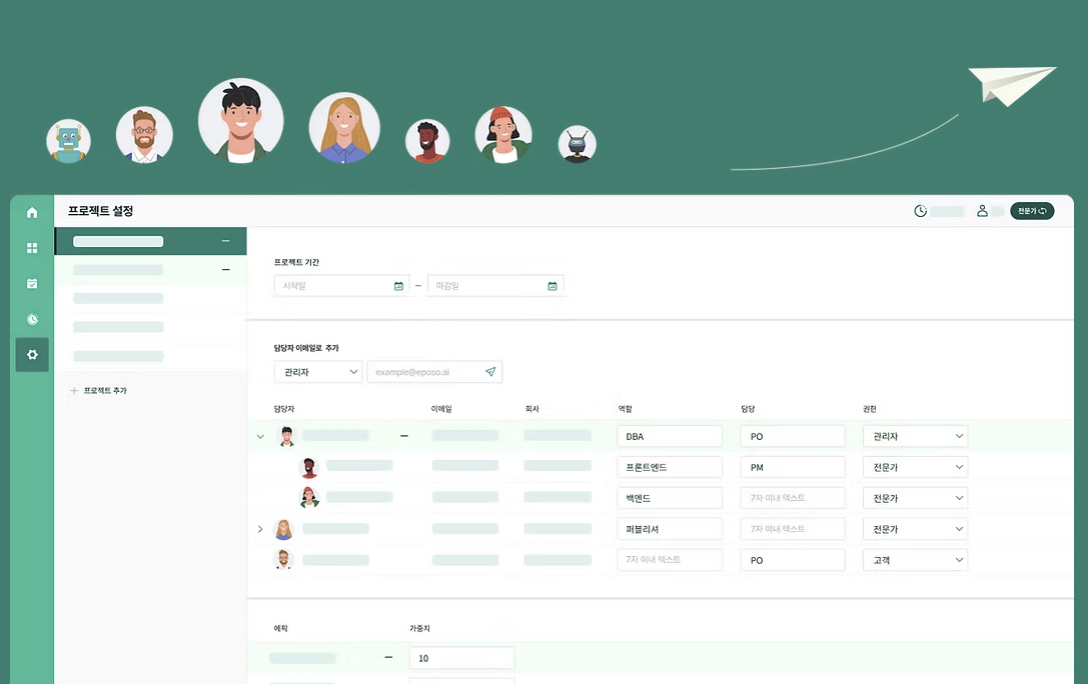
EPOSO in 30 seconds
Why do projects fail?
Most teams blame partners or hiring. But the root cause is the lack of an outsourced project operating system—no standard way to align information, changes and reporting.
Client (Executives/Product)
Executives/product teams lack timely visibility; decisions lag and directives stay abstract.
🕶️ No live visibility → Blurry status/risks/priorities → Decisions lag
🧩 No change impact trace → Scope/schedule drift → Cost/quality risk
🗓️ Meetings/reports dependency → Decision–execution gap → Weak execution

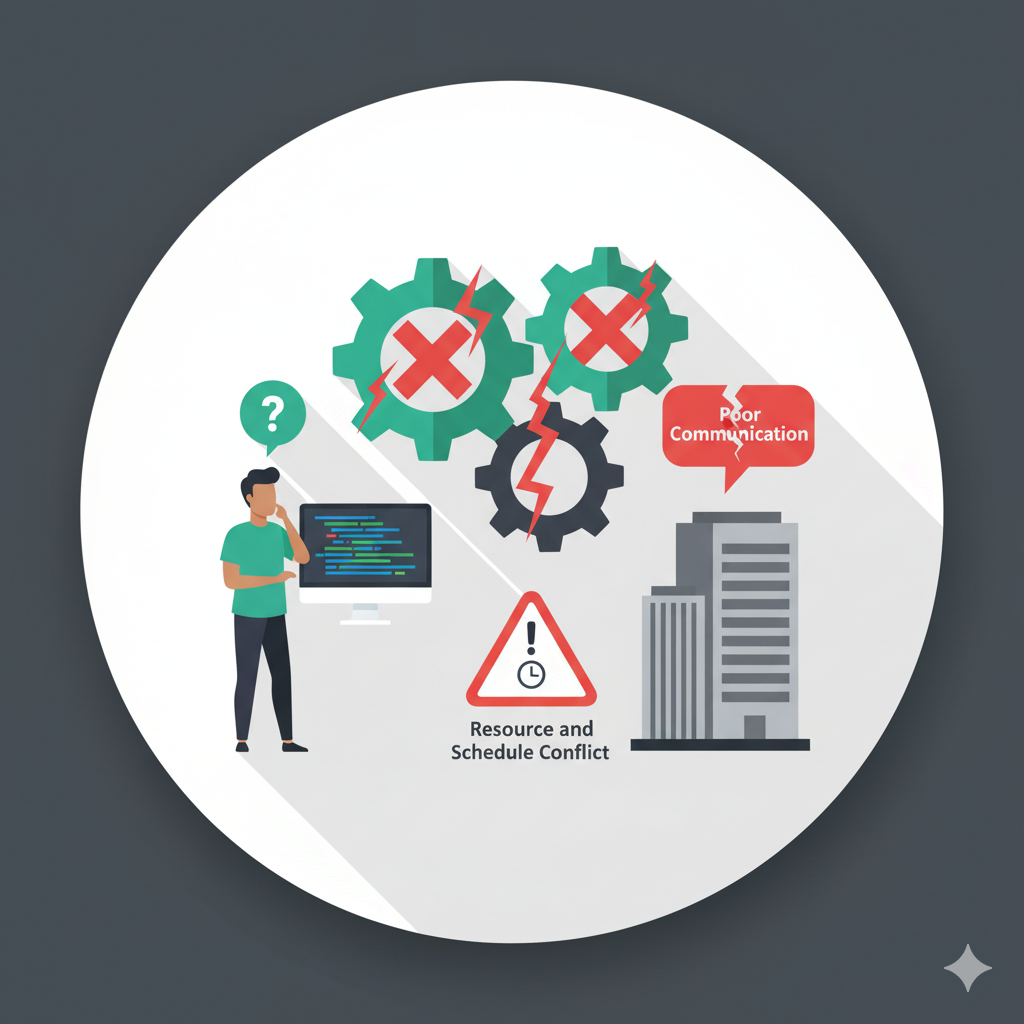
Vendor (Project team)
Dev teams ingest late changes; deliverables drift; rework and conflicts recur.
🧪 Work–deliverable mismatch → Rework/quality variance → Acceptance delays
⚠️ Unmanaged changes/priorities → Bottlenecks/conflicts → Schedule risk
📝 Reporting burden/missing context → Misunderstandings/duplication → Team fatigue
What does EPOSO change?

Opacity → Live visibility
Clients, PMs and doers share progress, risks and priorities on one dashboard.

Change → Systematized control
Rules-driven change and rescheduling reduce drift between plan and execution.

Human error → Prevention & early detection
Catch risk signals early; standard execution cuts quality variance.

Multi‑channel chaos → Single source of truth
Emails/meetings/docs converge into one live view. Latest status and decision history connect to cut misses and duplication.

People‑dependent reporting → Automated reporting
Work logs auto‑summarize into leadership‑ready briefs. Trustworthy numbers, in real time.

Ad‑hoc governance → Standard operating model
Priorities, changes and approvals run by rules to prevent schedule drift—with RBAC and audit trails for trust.
Align every stakeholder
Client
Live dashboard shows the whole picture
Risks, velocity and priorities are explicit → adjust instantly
Understand and decide without meetings/reports
Active involvement → higher project success


PM/PO
Operate schedule, issues, WBS and risks in one
Rules for changes/priorities → align plan and progress
Work logs → automated reports; AI summaries/suggestions
Standard ops → much higher likelihood of goal attainment
Practitioner
Map requirements → deliverables → progress updates
Doing the work equals logging/reporting → less reporting burden
Fewer misunderstandings/duplicate comms; prevent rework
Intuitive UI/UX → faster onboarding, less variance
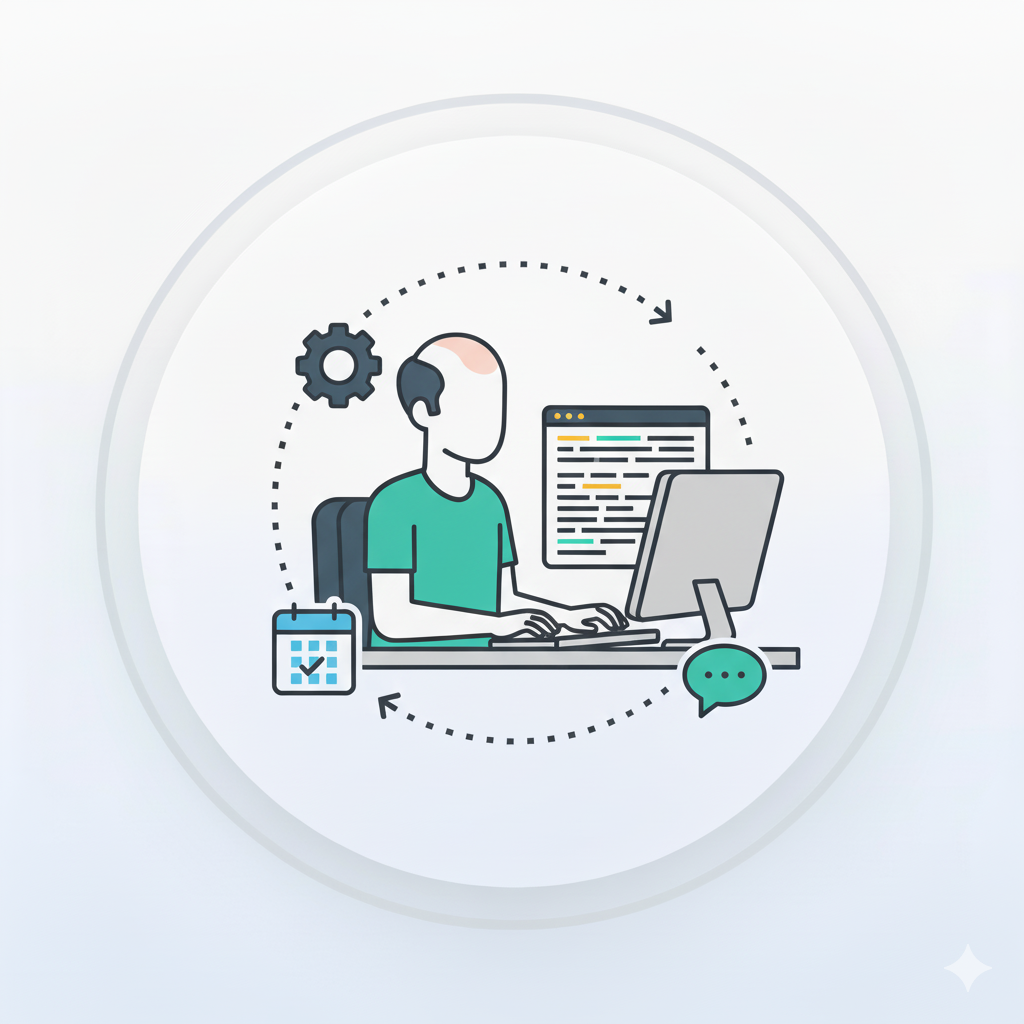
Comparison with conventional approaches
See how the operating model shifts with EPOSO.
| Manual workflow | Team‑centric tools | |
|---|---|---|
| Purpose | Check off deliverables | Sprint/ticket completion |
| AI Assist | None | Partial |
| Setup | Manual | Complex onboarding |
| Reporting | Handwritten | Limited |
| EPOSO |
|---|
| Business outcome achieved |
| Plan → Execute → Report |
| One‑click templates |
| Work → Report automatically |
Key features
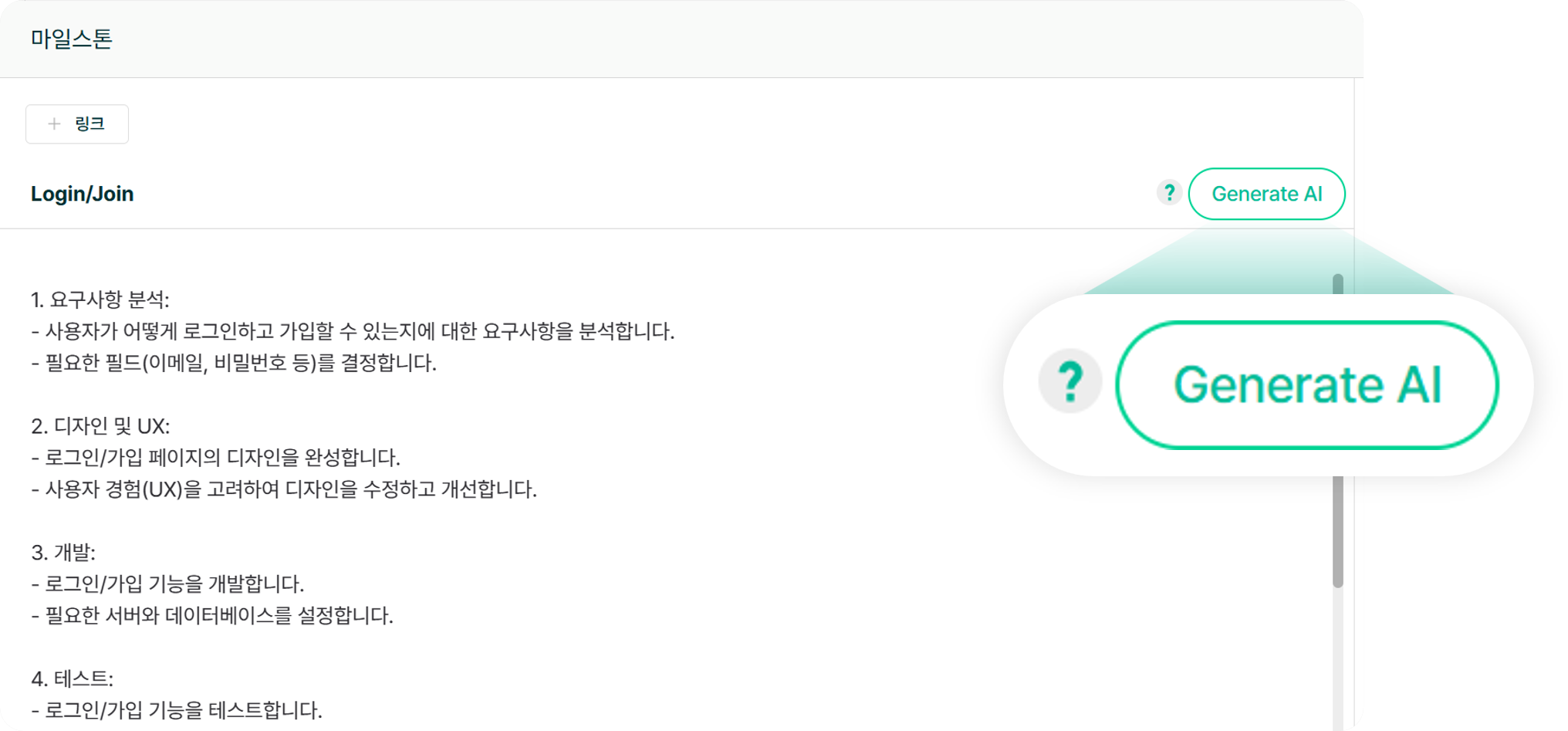
Automatic proposal generation
One‑click project briefs. AI fills scope, resources, dependencies and risk assumptions using templates, and checks for omissions. Based on OKR, it proposes and auto‑fills goals and key results to maximize success rate—lifting kickoff quality and reducing late rework.
Industry best‑practice blocks keep constraints, assumptions and risks consistent. Stakeholders review the same draft language from the very first meeting.
WBS generation & schedule optimization
Auto‑map work to deliverables and expose the critical path/bottlenecks. Auto WBS cuts initial setup cost with a structure that is easy to grasp at a glance.
Live signals detect risk, reprioritize and reschedule. Change history is recorded for easier alignment.
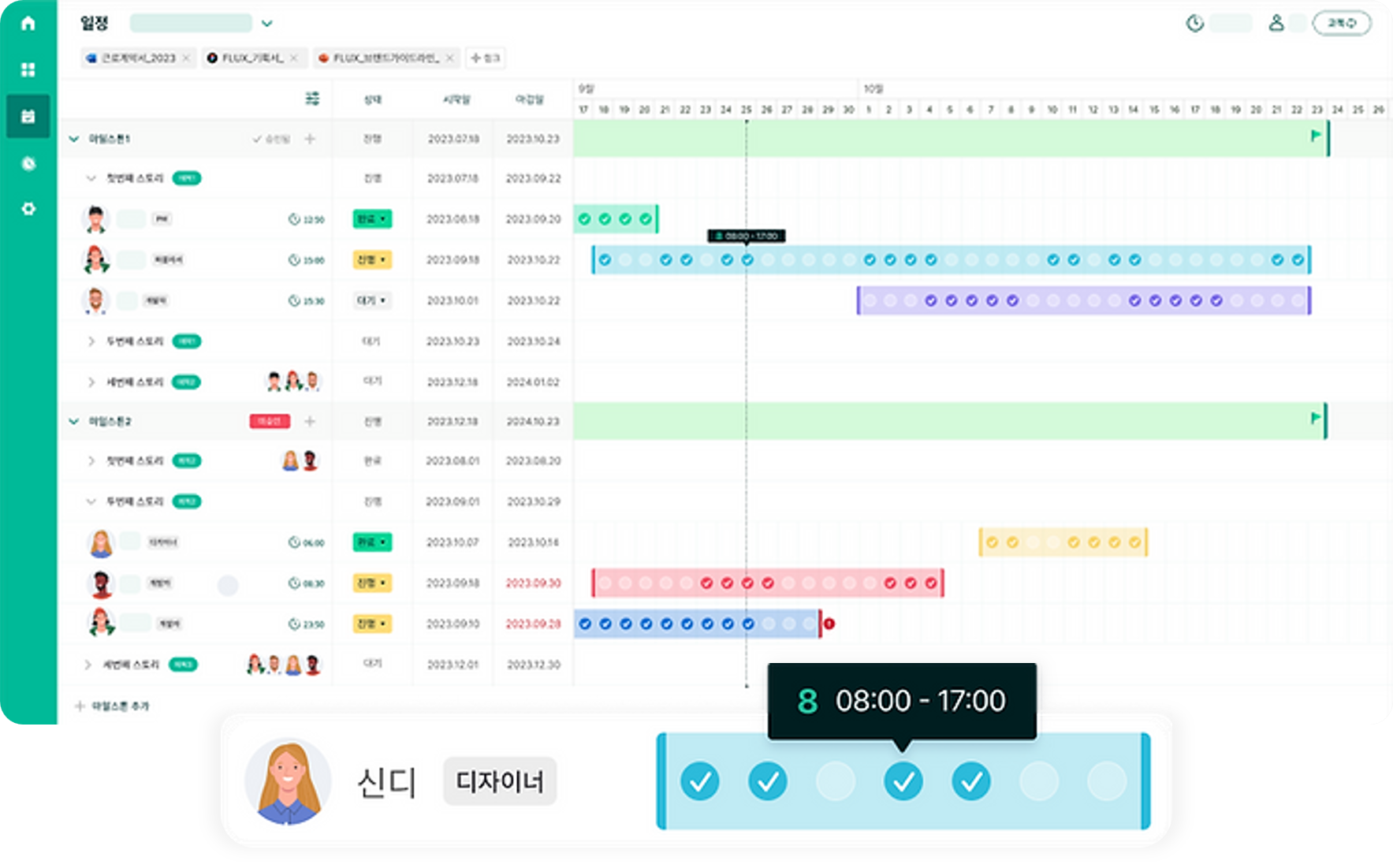
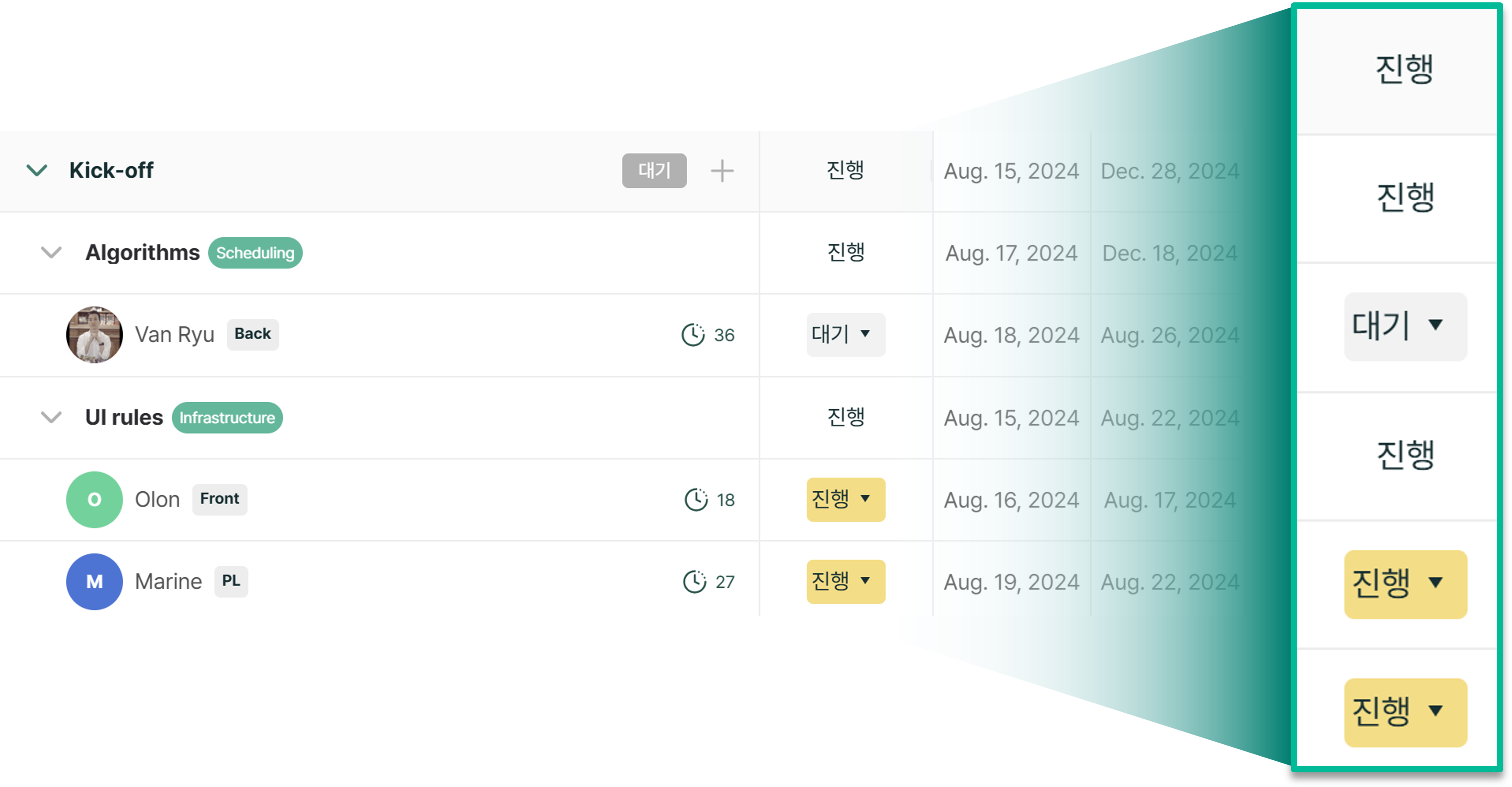
Systematized project process
Align timelines and deliverables with a milestone–story structure. Connect DoD and checklists; acceptance items agreed by PM and client enforce quality gates. Change requests attach evidence; scope/schedule changes are versioned with timestamps.
Make deliverables and acceptance status explicit by milestone. A systematized flow raises alignment and success probability.
Automated reports
Work logs automatically become leadership/client briefs. Save prep time and align on the same facts and metrics.
Every Monday morning (local time), weekly summaries—last week’s outcomes, this week’s priorities, key risks and next actions—are generated and emailed to PMs and clients.
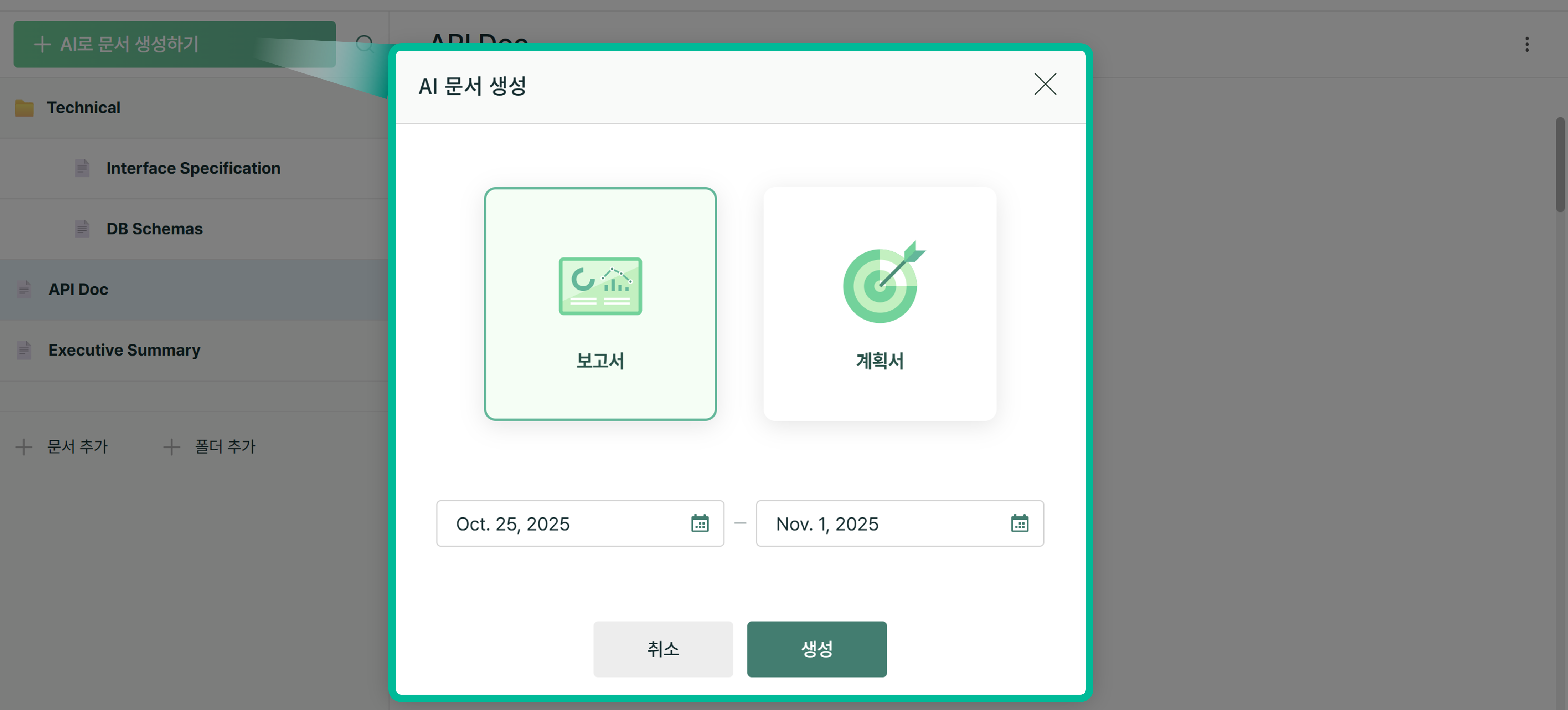
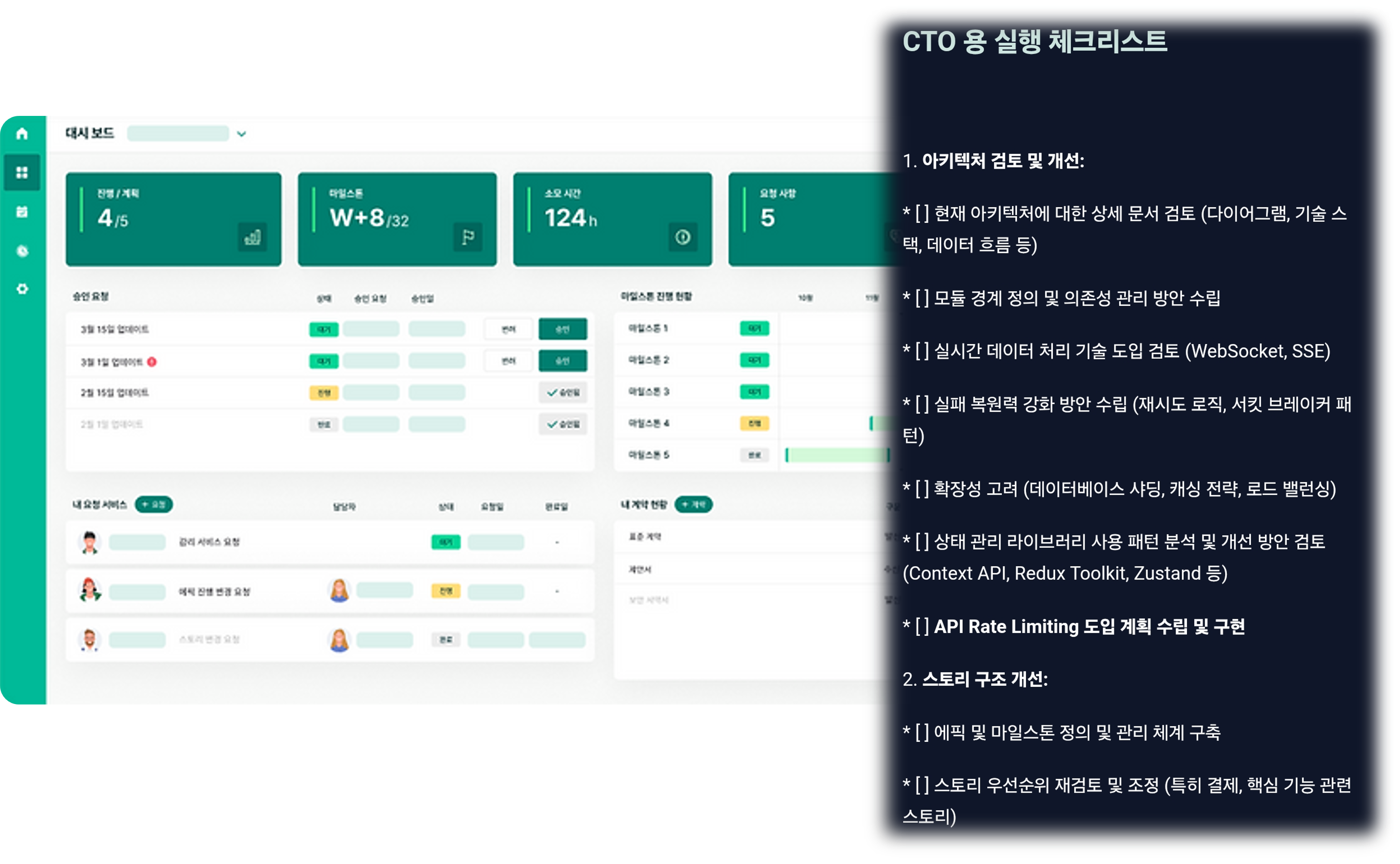
AI CTO
Ongoing technical advisory and architecture reviews. Compare stacks, analyze cost‑performance trade‑offs, plan capacity/incidents, and propose improvements meeting security/reliability standards.
Provide ADRs, reference architectures and performance‑tuning checklists to reduce technical risk early.
Access control
Separate practitioner (do) and client (accept) roles to simplify participation—so anyone can follow immediately.
Active client involvement raises success rate and clarifies completion status for unambiguous project closure.
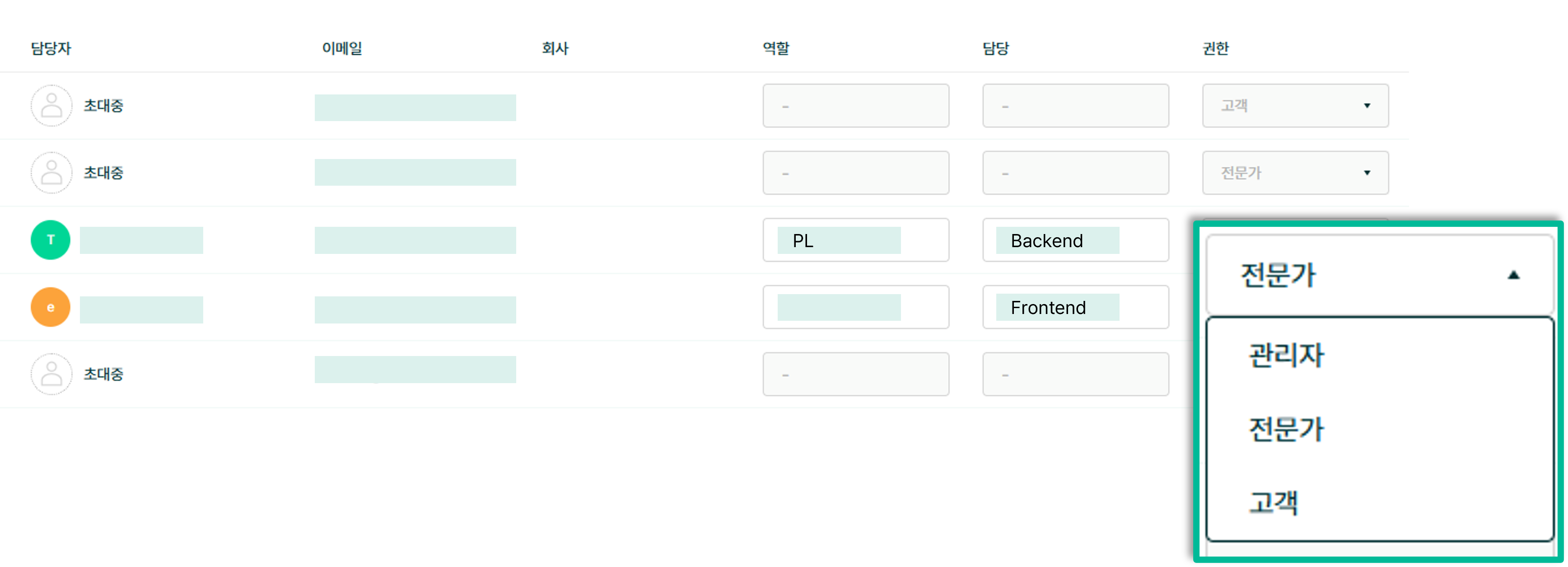
Whatever the crew, the ship reaches its destination
Clients, PMs and doers move with the same horizon—one screen, one standard.
Cut uncertainty and human error to increase completion rates—rule‑driven consistency.
Run by system, not individuals. Standardize changes, priorities and acceptance.
Reduce manual reporting and build trust with auto‑summaries—consensus on the same facts.
Customer references
Mid‑market M (Dairy)
“It became easier to see where projects stand.” Scheduling got smoother with EPOSO.
A political party in Korea
Leaders want progress numbers, but reporting burdens the team. With EPOSO, communication improved and execution flowed.
Startup V (Metaverse)
“AI in the loop?” AI accelerates rescheduling and collaboration, preventing launch delays.
Startup A (Environment)
EPOSO is tailored for outsourced IT projects; even non‑engineers now track progress effortlessly.
SMB D (SI company)
“We see work status in real time.” We're excited to add contracts and deliverable tracking next.
Startup M
“Reporting burden dropped.” With more features landing, we'll rely on it even more.
Pricing
Team
Free up to 4 users; from 5th, 18,000 KRW per seat
Business
25,000 KRW per seat; external invite/roles, advanced reports
Enterprise
SSO/SCIM, on‑prem, security & compliance
Frequently asked questions
Can we use EPOSO alongside our current tools?
Yes. Keep email/messenger/issue trackers while EPOSO standardizes plan–execute–report. Start by moving WBS, acceptance and reporting into EPOSO, then phase in deeper integrations.
How long does onboarding take?
With templates and AI assist, you can set up baseline WBS/milestones/DoD in ~30 minutes. A 1–2 week pilot aligns real deliverables and team routines.
How is sensitive data protected?
Encryption in transit/at rest, RBAC and audit trails. Data export/deletion is supported. On‑prem deployment is available for stricter isolation.
Is it friendly to non‑engineering teams?
Yes. EPOSO guides "work–deliverable–acceptance" in plain terms. Role‑based views keep stakeholders aligned without extra reporting documents.
How do automated reports work?
Work logs auto‑summarize into weekly/monthly briefs. Last week's outcomes, this week's priorities, key risks and next actions are emailed on Monday morning (local time).
What about pricing and billing?
Plans vary by team size and features. Monthly subscription by default, with annual discounts. Enterprise quotes reflect seat counts and security requirements.
Frequent scope changes—fit for EPOSO?
Change requests are re‑prioritized by evidence and impact. Rules manage schedule/priorities to reduce drift; change history is transparent for easier alignment.
What types of projects fit best?
Best fit: outsourced or mixed-collaboration projects, frequent change with deliverable-driven acceptance, B2B/internal system revamps, and hardware×software R&D. Typical team size: 5–40 with multiple stakeholders (client/vendor/doers). Lower fit: solo tasks or single-team ticket processing. EPOSO raises alignment and quality by standardizing plan→execute→accept→report.
